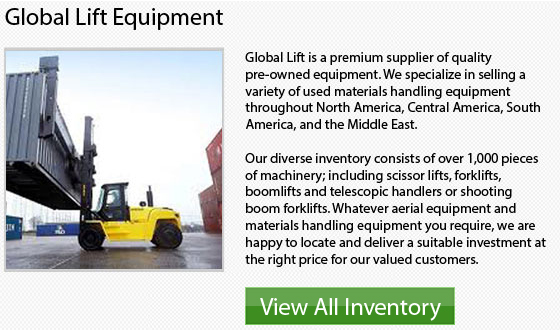
Even if sales volumes have usually been small, approximately 1% to 5% of the worldwide forklift market; side-loaders have become the dominant choice of machinery within the material handling business for handling unusual loads in a simple way.
Normally, side-loaders are used within the timber, aluminum, glass, steel, aviation and construction industries. Additionally, they are utilized within industries which are producing unusual things including moldings, and windmill arms. Basically any business that makes oversized long or awkward things uses the side-loaders.
Side-loaders were originally made during the start of the 1950s by Henry Le Grande Lull from the Lull Manufacturing Company. These models were designed in response to a request from the United States Air Force. The initial concept was patented for commercial application but it was not made until Lull Manufacturing was taken over during 1959 by the Baker Raulang Company. It was Baker Raulang who produced the design. Afterward, the name was changed to Baker Traveloader. In the late 1950s, the side-loaders were introduced to Europe. The beginning units were made by Italian manufacturer Fiora and the afterwards B-P Battioni e Pagani who pioneered the machine's use within timber yards.
The side-loader is a little different from the counterbalanced forklift, because the conventional forward-traveling lift trucks have front facing forks while the side-loader has side facing forks. The operator though will drive inside a cabin like those utilized in conventional lift trucks. The lifting, loading, and unloading functions are performed by the mast situated at the right-hand side of the driver. The cargo is normally transported lying on a metal or wooden deck. This helps to lessen stress, distortion and damage to the load. Recent innovations to the side-loader design have incorporated a huge variety of lifting accessories being developed.
The utilization of side-loaders instead of the reach-stackers or standard forklifts: safer operating conditions, improved visibility, and faster traveling speeds as well as the ability to use available space more efficiently.
You will just be able to accurately determine the best type of machinery to complete your tasks, once you have fully evaluated the work environment and types of jobs you would be completing. There are some good rental options available too in order to determine the right type of machinery to accomplish all your needs. Doing some research online or talking to a respectable dealer is one more great way to get some information also when trying to know the right alternative.